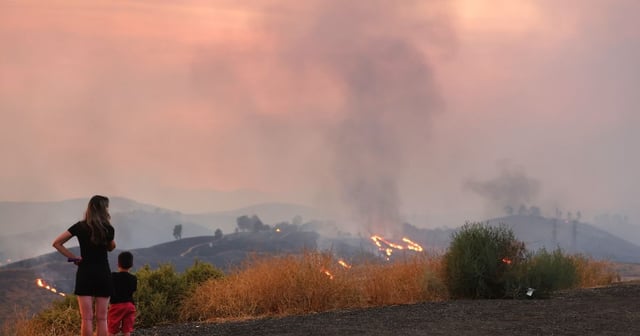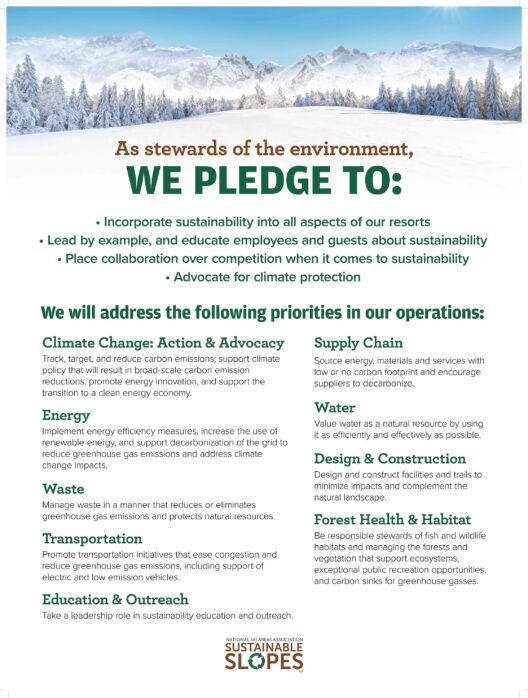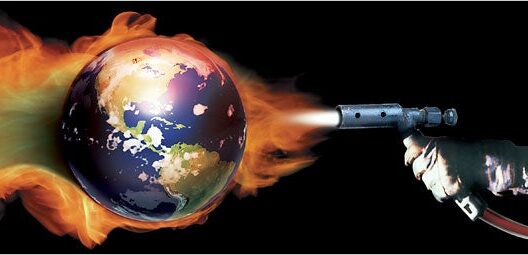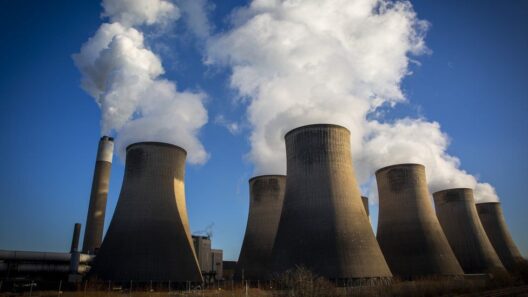As persistent drought conditions plague the Southwestern United States, California has found itself at the epicenter of escalating wildfire incidents. The interplay between global warming and the frequency, intensity, and duration of these fires has become a focal point for researchers and environmental activists alike. Understanding how climate change serves as a catalyst for these destructive events is crucial for devising effective mitigation strategies.
The phenomenon known as global warming refers to the long-term elevation of Earth’s average surface temperature, exacerbated by human activities, primarily the combustion of fossil fuels. As greenhouse gases—particularly carbon dioxide and methane—accumulate in the atmosphere, they create a greenhouse effect, trapping heat and instigating climatic shifts. California is experiencing a variety of these effects firsthand.
Historically, California has always had a fire season, coinciding with the arid summer months. However, the dynamics have dramatically shifted in recent years. The confluence of increasing temperatures, prolonged drought periods, and shifting precipitation patterns creates an environment ripe for wildfires. Indeed, studies reveal that every degree Celsius increase in temperature can amplify the likelihood of wildfires by as much as 25%. This compounded effect shows how minutiae in climate metrics can yield profound consequences on a regional scale.
Wildfires are perpetuated by several crucial factors, namely fuel, weather, and topography. As temperature rises, vegetation becomes desiccated, and moisture levels in plants plummet. Dead leaves, shrubs, and trees serve as tinder that facilitates the rapid spread of flames. In California, the proliferation of invasive species—like cheatgrass—also exacerbates this risk, offering ample combustible material that flourishes in hotter conditions.
Weather plays an indispensable role in shaping fire behavior. Hot, dry winds—exemplified by the infamous Santa Ana winds—can drive wildfires beyond control. These winds work alongside higher temperatures to create a deadly synergy, enabling flames to jump canyons and scale hills with alarming speed. The culmination of rising daytime temperatures and stagnant nighttime conditions exacerbates fire risk as well; minimal cooling at night fails to curtail the dryness accumulated during the day.
Moreover, shifting precipitation patterns constitute another perilous aspect tied to climate change. The California region has seen a shift toward sporadic, intense rainfall rather than the traditional steady distributions. This episodic rainfall leads to a phenomenon known as “flash drought,” where vegetation receives overwhelming bursts of water followed by extended dry spells. Such cycles can foster both rapid growth and subsequent desiccation of plant life, further elevating the fire hazard.
Climate change not only affects the conditions that spark and perpetuate wildfires but also influences the larger ecosystem and the resilience of the landscape. Healthy forests and grasslands, which naturally mitigate fire spread, face threats from diseases, pests, and invasive species—pressures that are magnified by changing climatic conditions. An ecosystem already weakened by stressors is less capable of recovering from wildfires when they do occur. This has profound implications on biodiversity and the overall health of the environment.
The implications of these changes extend beyond ecological destruction. The socio-economic ramifications are vast. Communities are increasingly confronting the threat of displacement. Economies that rely on industries such as agriculture or tourism are subjected to unpredictable weather patterns, fire risks, and even air quality issues. Smoke from wildfires can create health crises far beyond the immediate vicinity of the fires, affecting air quality and public health over extensive distances, impacting urban areas like Los Angeles or San Francisco.
As understanding grows regarding the relationship between climate change and wildfires, mitigation efforts are increasingly necessary. Policymakers are urged to promote landscape management techniques that can help reduce fire fuel loads. Controlled burns and strategic thinning of overcrowded forests are potential approaches to cultivate healthier ecosystems. The adoption of fire-resistant building materials and urban planning strategies can safeguard communities against future incidents. Furthermore, tackling the root causes of climate change—such as reducing greenhouse gas emissions—is intrinsically tied to minimizing the extent and severity of wildfires.
The interdependence of climate change and wildfire behavior underscores the oscillating reality of our environmental landscape. As evident in California, the evolving nature of fire seasons demands that communities adapt and prepare accordingly. A multifaceted approach incorporating education, sustainable practices, and rigorous policy advocacy is paramount. As we stand at this significant juncture, the choice to confront climate change may define the future resilience of our ecosystems and communities alike.
In conclusion, the linkage between global warming and the increasing frequency and severity of fires in California represents a clarion call to action. As temperatures rise and weather patterns shift, the impact of climate change on wildfire dynamics must not be dismissed. By fostering a deeper comprehension of these relationships and emphasizing preventative measures, society can engage in proactive stewardship of our natural resources, safeguarding the delicate equilibrium of ecosystems and the well-being of affected communities.








